The following was published in the Long Island Press on August 29, 2016. You can read the original here.
This piece was featured by the Regional Plan Association’s “What We’re Reading” alongside work from the New York Times, Wall Street Journal, WNYC, and elsewhere on August 30, 2016.
The summers when 20th century celebrities like Greta Garbo and Jackie Gleason once frequented the beach resorts that hugged the shores of Lake Ronkonkoma are long gone. Now the pavilions have vanished, the shores are contaminated with trash and the polluted water often poses a health threat. Twice in July swimming was banned because of high levels of bacteria.
Considering its present condition, it’s hard to imagine that Lake Ronkonkoma ever drew thousands of people. Today it’s earned a reputation as a monument of environmental neglect because an assortment of municipalities are either unwilling or unable to cut through the bureaucratic tangle of red tape that surrounds Long Island’s largest freshwater body.
The policy failures resonate far beyond its shores. Between historic poor land use decisions that placed unsewered homes around the lake leeching nitrogen into the water and unresolved municipal hand-wringing over how to best address the area’s economic blight, its ongoing plight serves as a microcosm of Long Island’s larger regional environmental challenges.
Thanks to Long Island’s many layers of governance and a distinct lack of coordination among them, our environment suffers. Our wastewater woes continue unabated, traffic congestion goes unaddressed, and unwise development choices continue. Fragmentation is the enemy of regional cohesion and planning.
Recently Suffolk County Legis. Leslie Kennedy (R-Nesconset), whose legislative district includes Lake Ronkonkoma, explained the complex situation to CBS reporter Jennifer McLogan.
“The bottom of the lake is owned by the Town of Islip, and some of the shore,” Kennedy said. “The Town of Smithtown has a small portion, the Town of Brookhaven has a portion, and the County of Suffolk has a portion.”
This municipal mix has led to inaction—a concept all too familiar to Long Islanders—when it comes to dealing with the debris and pollution that plague the lake.
After featuring Lake Ronkonkoma in her upbeat historic retrospective, News 12 Long Island’s Danielle Campbell learned first-hand how the once charmed area of her youth had suffered after years of neglect.
“My grandparents lived a block from the lake for more than 30 years,” Campbell recently told the Press. “I always knew the lake was in trouble. When I saw the burnt-out book store crumbling down into the lake’s shoreline, I knew something had to change.”
Last September, the Book House, a book shop dating back to the early 1920s, burned to the ground after being shuttered for almost a decade. Its charred rubble spread from the shoreline into the water. According to Campbell, the county finally intends to address the issue this fall. But the question remains: why did it take so long?
To Campbell, Lake Ronkonkoma occupies the intersection of public funding and bureaucratic indifference.
“Unfortunately, Lake Ronkonkoma is under the jurisdiction of four municipalities,” Campbell said. “Because of this, [the] responsibilities, goals and vision for the lake and its surrounding area are fragmented and unclear.”
As a result, the community, mostly comprised of working class residents, has been neglected for far too long.
“It is hard to imagine other Suffolk County waterfront communities such as Stony Brook or Brightwaters facing a similar fate of dumped trash, piles of construction debris, broken glass, hypodermic needles and a water quality that at most times is deemed toxic,” she noted.
She may be onto something. The Setauket Mill Pond in Frank Melville Park was choked and clogged with invasive weeds until a dedicated effort got underway that involved the park’s trust foundation, local residents, the local civic organization, New York State Department of Environmental Conservation, and the Town of Brookhaven. Together, they took concrete steps to forge a plan and address the issue.
Meanwhile, Lake Ronkonkoma remains dirty and its beaches are strewn with litter. But this is a problem with a long history. Its water quality began deteriorating after World War II when residences without sewers started multiplying around the shore. Since all lakes and streams on Long Island are fed by groundwater, Lake Ronkonkoma’s low water table has caused trouble for its homeowners whose houses shouldn’t have been built there in the first place—a fact that residents and their realtors still seem to be largely unaware of. It’s led to headaches for those who had to fill their basements with cement to prevent flooding and to leaky cesspools discharging nitrogen into the lake. Local woes have grown while official responses have stagnated.
In fact, the most actively involved branch of government in Lake Ronkonkoma seems to be the Suffolk County Health Department, which is constantly banning swimming due to elevated bacteria levels after every heavy rainfall. A quick search on Google shows just how badly the water quality degrades after these runoffs.
According to Campbell, an inter-municipal task force formed four years ago to address the lake’s woes but they never met once. But change could finally be coming. Only recently, after residents came together and formed called the Lake Ronkonkoma Improvement Group, did this task force schedule a meeting for September. The flurry of activity and publicity is welcome. Meanwhile, the DEC must join with Suffolk County to curb the runoff that chokes the lake with bacteria and curb the nitrogen loadings, and the lake’s municipal partners must coordinate their efforts to clean up the debris and improve the area’s quality of life.
Lake Ronkonkoma will never replace the Hamptons. But if our local governments can’t clean up a two-mile long lakefront, how can we trust them to protect our drinking water or preserve our open space?

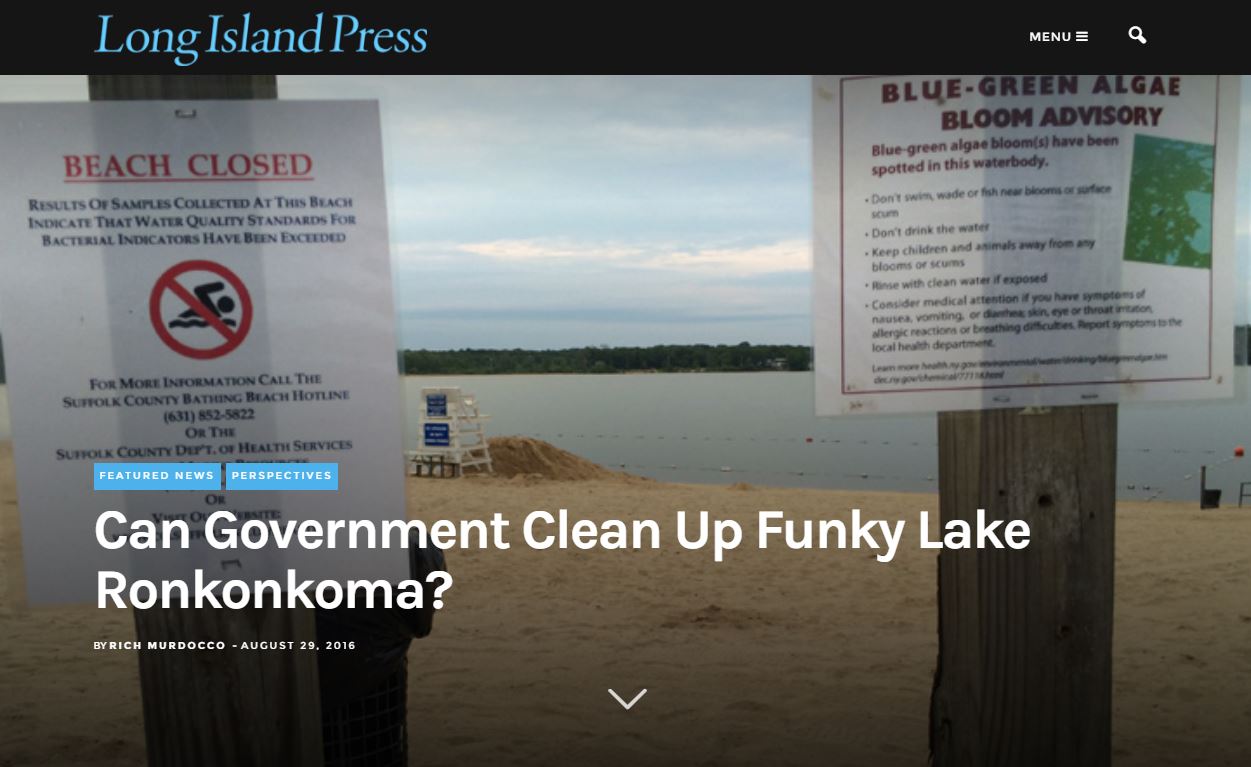
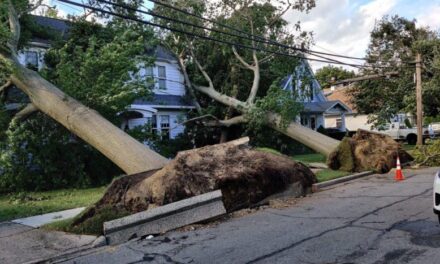


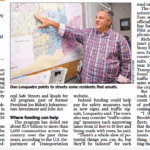
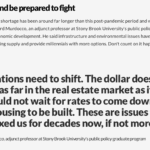
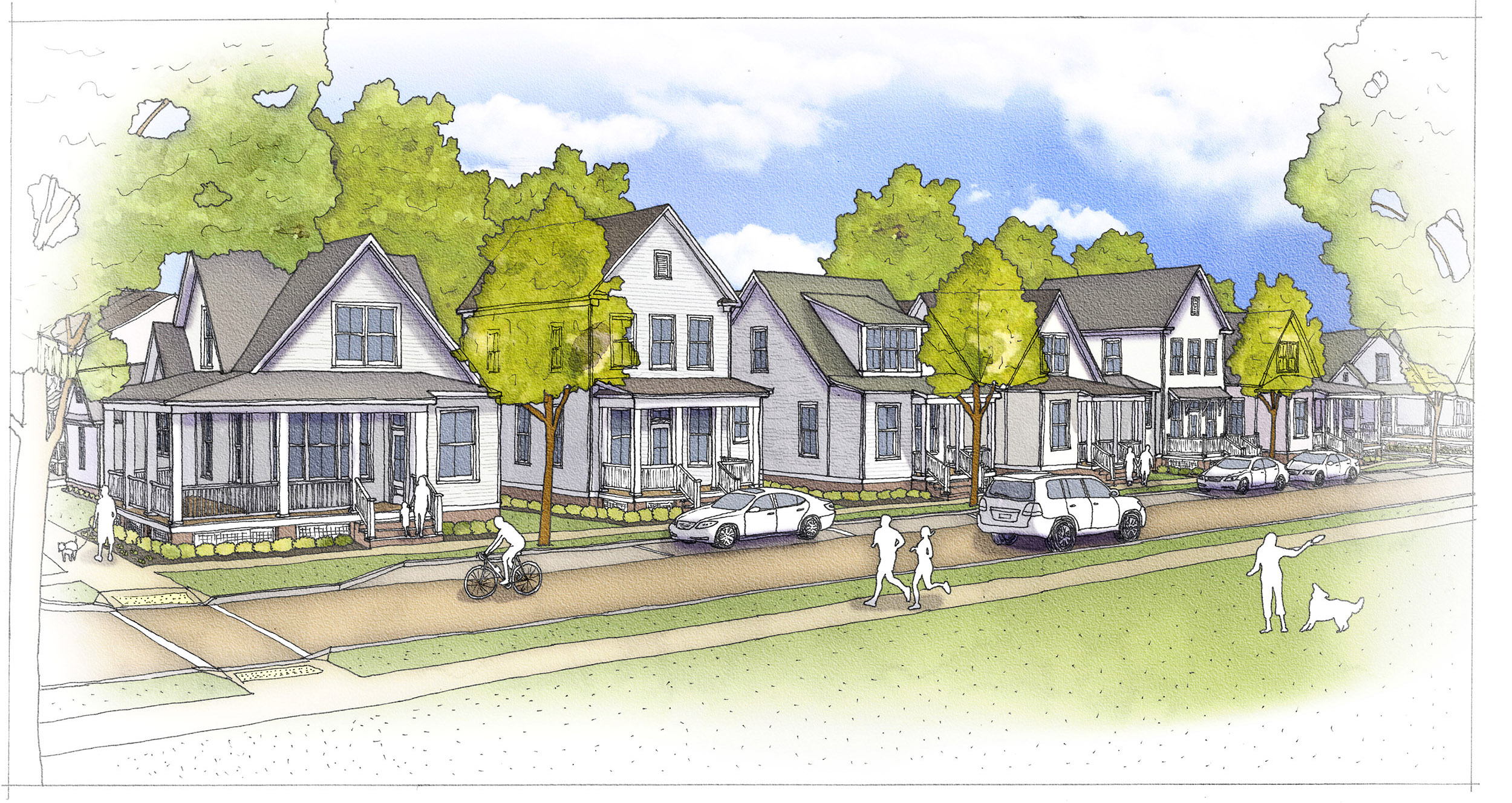
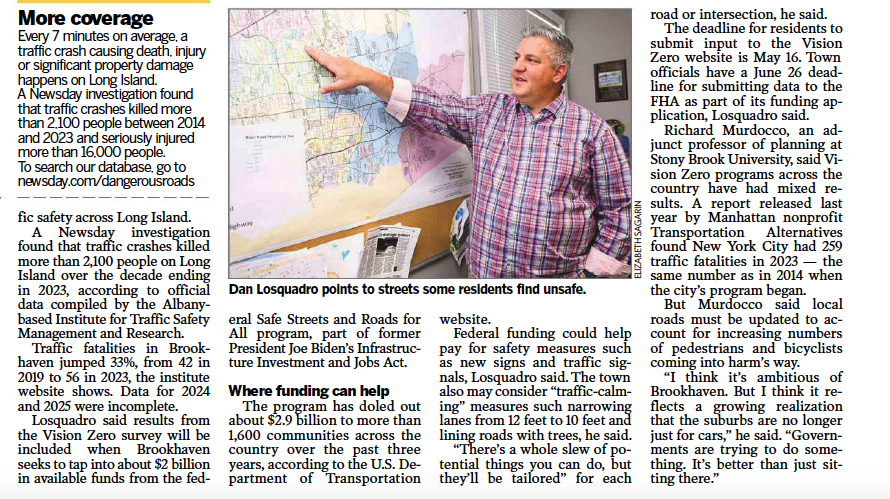
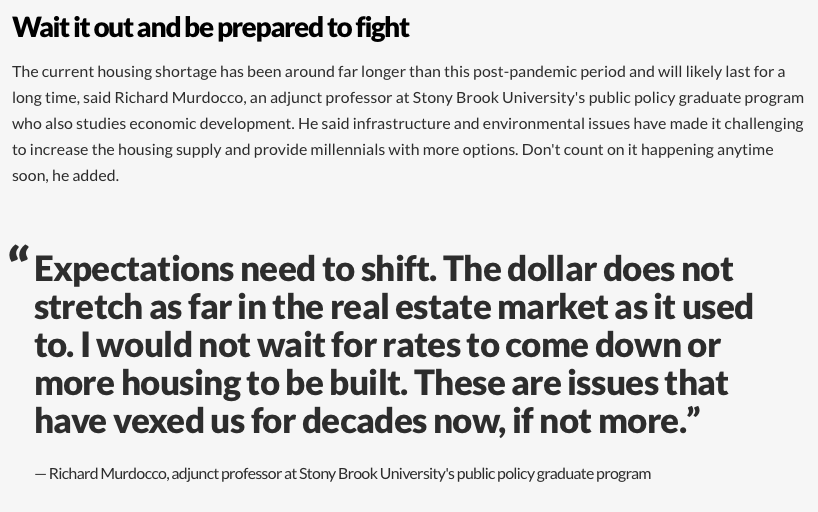

Always enjoy reading Rich’s provocative articles. We are in agreement that Lake Ronkonkoma is suffering and certainly, the fact that the lake itself and its shorelines are governed by a number of different municipalities, all with different ideas, different bureaucracies and different priorities, complicates things. But it was complicated to begin with.
Issues such as dumping and litter, homelessness and water pollution impact most of Long Island. Lake Ronkonkoma is no different. These are not easy problems to solve. If they were, they wouldn’t be problems literally everywhere.
Furthermore, the complication that comes with multiple jurisdictions is not unusual either. The Great South Bay, Long Island Sound, our aquifer…all bordered by and subject to different jurisdictions. Naturally, that makes addressing concerns more difficult than addressing a polluted neighborhood pond, or even a park, but it’s not unique to Lake Ronkonkoma.
Nevertheless, in a variety of ways, leaders from the State, from the County and from the towns HAVE been working together alongside community activists to address the issues that plague this beautiful lake. The fact that the issues remain is more a testament to the stubborn nature of the problems (and admittedly, the painfully slow nature of government) than to a lack of attention.
Government must do a better job of working together and working faster, no doubt. The fact that these issues exist and persist, however, in the Lake, in the Bay, in the Sound, in our groundwater, in our communities, cannot be blamed solely on government.
Exactly what would you do to stop the geese from coming to the Lake? What would you do exactly to stop homeless people from making camps in the woods? How would you stop drug addicts or alcohol drinkers from dropping needles or empties in the sand? Is there an easy way to stop runoff or leaching? Is there a better way to find and punish those who dump or litter?
Fences, jails, mandatory confinement, video surveillance, the elimination of pesticides and fertilizers, and vehicles for that matter?
My point is not to throw my hands up, but rather to say that there are no easy answers. And by the way, my way of dealing with any of these issues may be different than someone else’s way of dealing with these issues. Obviously, finding consensus among policymakers is not always easy either, nor is finding financial resources for that matter.
Government often deserves to be thrown under the proverbial bus…heck, I do it quite a bit myself. Blaming government inaction, no matter the cause, for Lake Ronkonkoma’s problems is easy. Answering the questions posed above is much harder. I for one would welcome suggestions.
In the meantime, I will continue to work with my colleagues in County government and in the three towns that border the Lake, and with our State partners and the community, to tackle these complex issues.
Tom,
From Ronkonkoma Lake Foundation website:
The four municipalities eventually developed an Memorandum of Understanding, which was signed in 2015, thereby creating the Lake Ronkonkoma Watershed Intermunicipal Organization (LRWIO). The LRWIO consists of the County of Suffolk, and the Towns of Brookhaven, Islip, and Smithtown, and whose agreed upon goal is to promote health, economic development, recreational use, preservation of natural habitats, cultural resources, quality of life, sense of place, and water quality by working collaboratively and proactively to address issues affecting Lake Ronkonkoma. Through the LRWIO the Towns and the County also recognize that the protection of water quality conditions in Lake Ronkonkoma is best achieved through a coordination of efforts between the Partners to create and administer a watershed management plan. As of July 2016, the LRWIO has yet to hold its first meeting.
Why have none of the people involved made a date for a meeting, picked a chairperson for the meeting or done anything pursuant to the agreement?
I am going to the meeting on September 14 and I would like to hear an answer to that question.
Here’s my suggestion:
In lieu of an answer to that question, I would like to see all of you pick a date certain for a meeting so that we can all start to chip away at the problems we face.
See you on the 14th